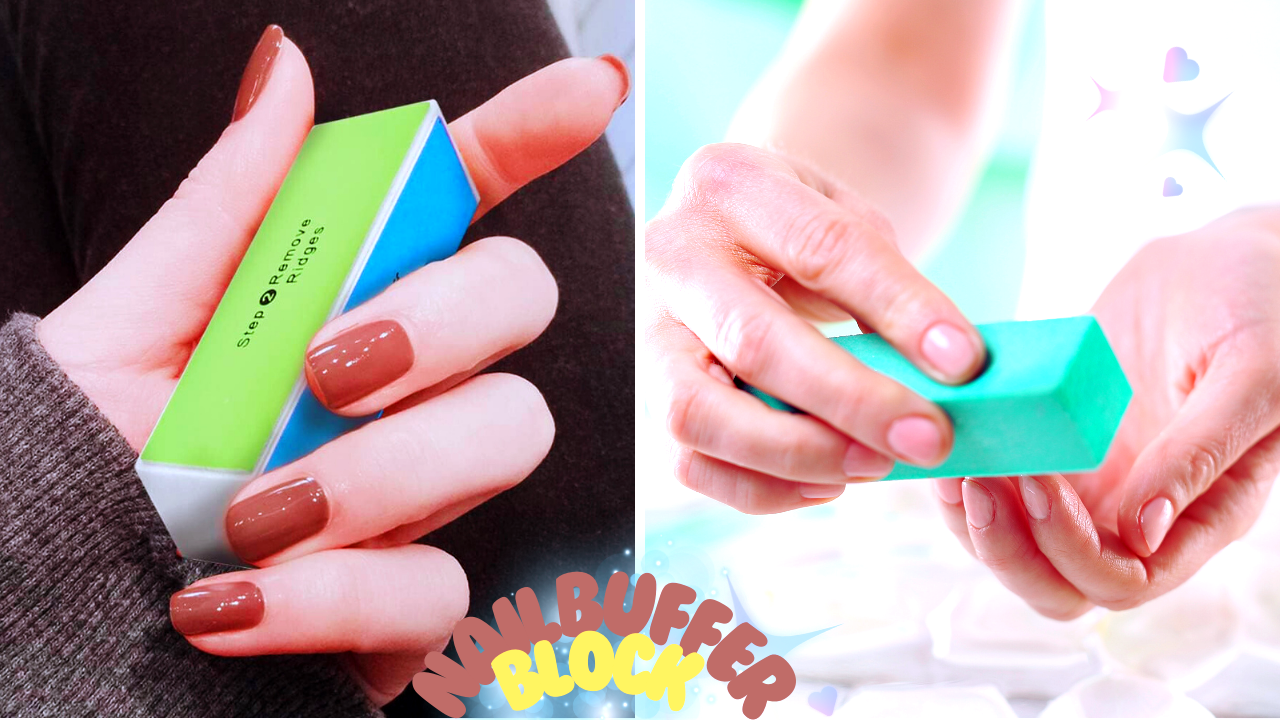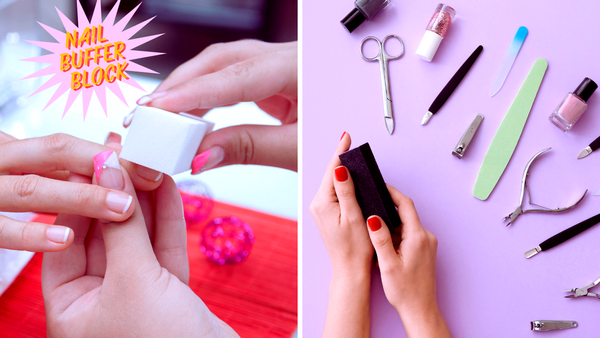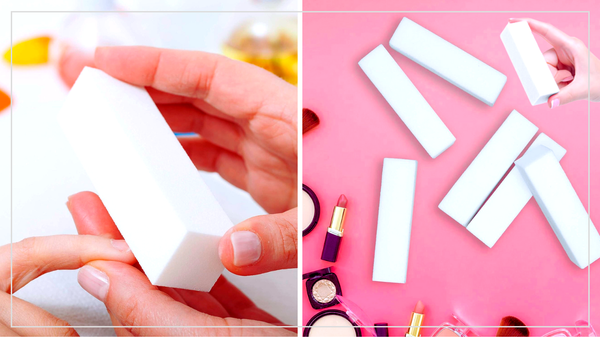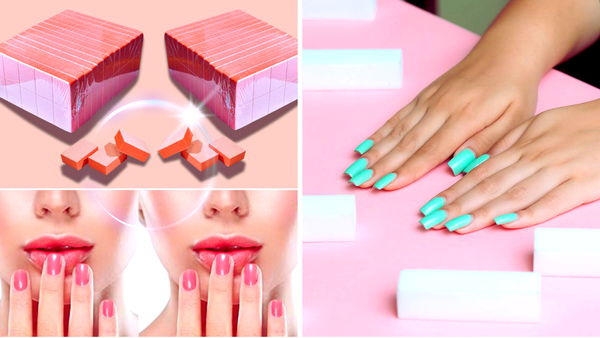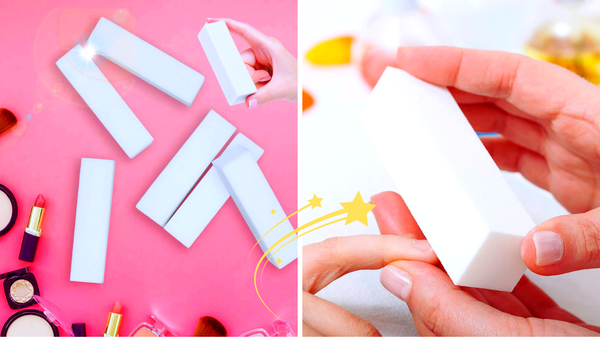Key Takeaways:
- Buffing your nails can enhance their appearance and health when done correctly.
- Overbuffing can cause damage, so using the right tools and techniques is essential.
- Incorporating buffing into your nail care routine can lead to smoother, shinier, and healthier nails.
Buffing your nails is a common practice in nail grooming, but is it beneficial for your nails? This article delves into the pros and cons of nail buffing, providing insights into effectively incorporating it into your nail care routine. We'll explore the tools, techniques, and tips to ensure your nails remain healthy and beautiful.
What is Nail Buffing?
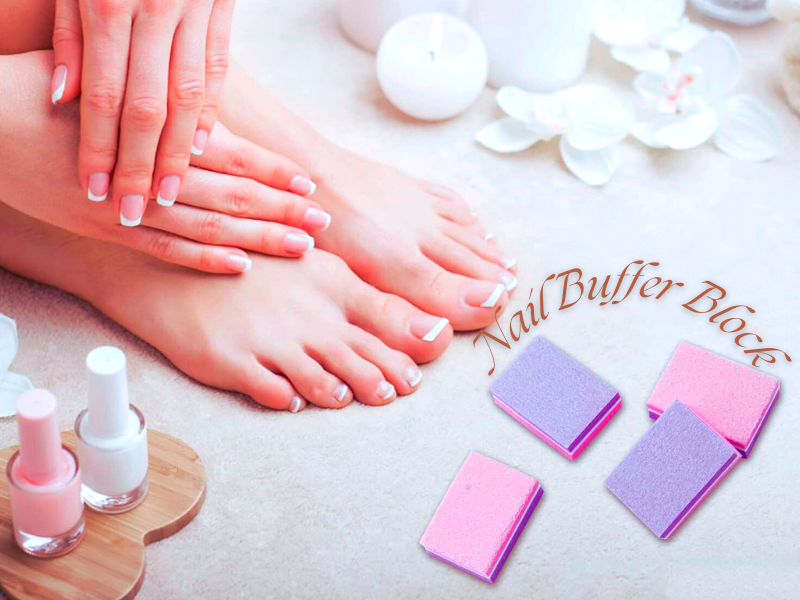
Nail buffing involves using a nail buffer to smooth the nail surface, remove ridges, and add a natural shine. Buffing can be done with tools, including emery boards, chamois buffers, and buffing creams. The process helps create a smooth surface, making your nails look polished and well-groomed. Buffing your nails can also stimulate blood circulation in the nail bed, promoting overall nail health. You can achieve a glossy finish without nail polish by using light pressure and the right tools. However, it's crucial to understand the proper techniques to avoid damaging your nails.
Benefits of Buffing Your Nails
Buffing your nails can lead to a smoother, shinier appearance, giving them a more natural look. The process removes ridges and imperfections, creating a smooth surface that reflects light beautifully. This can be particularly beneficial if you prefer a natural, polished look without nail polish. Additionally, buffing can stimulate blood flow in the nail bed, promoting healthier nail growth. You can enhance their overall health and appearance by gently buffing your nails, making them less prone to chipping and breaking.
Tools for Nail Buffing
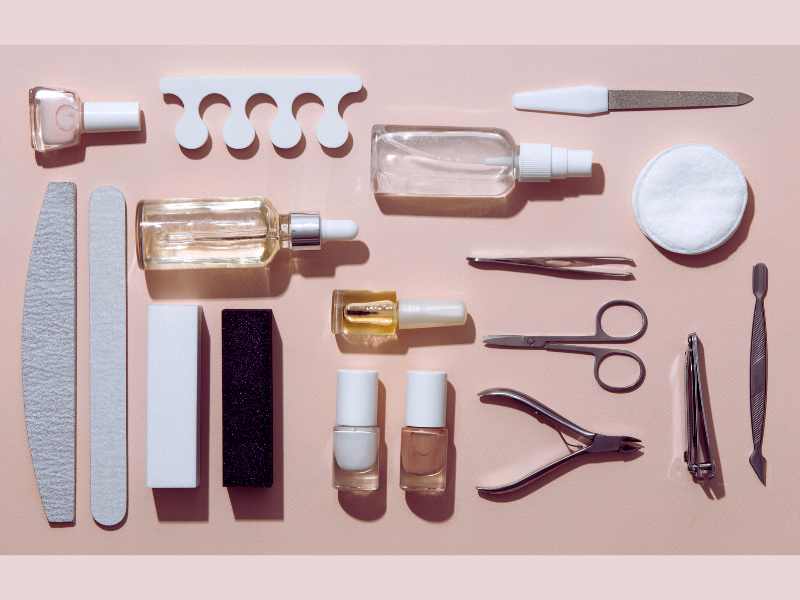
Several tools are available for nail buffing, each designed to achieve different results. Emery boards are commonly used to shape and smooth the nail edges, while chamois buffers and buffing creams are ideal for adding shine and removing ridges. When selecting a nail buffer, opt for a finer grit to avoid damaging your nails. A buffer with multiple sides with varying grit levels can be handy for achieving a smooth, glossy finish.
How to Buff Your Nails Correctly
To buff your nails correctly, start by cleaning them and removing any old polish. Use a nail file to shape your nails, then select a nail buffer with a finer grit. Begin by gently buffing the nail surface in one direction, using light pressure to avoid causing damage. Buffing in an "X" shape can help ensure an even, smooth surface. Be mindful not to over-buff, as this can weaken your nails and cause them to become thin and brittle. Aim to buff your nails no more than once a month to maintain their health and strength.
Avoiding Over-Buffing
Overbuffing can lead to weakened, damaged nails. It's essential to use the right tools and techniques to avoid causing harm. Using a buffer with a finer grit and applying light pressure can help prevent over-buffing. Additionally, limit your buffing sessions to once a month to avoid thinning your nails. If you notice any signs of damage, such as splitting or peeling, give your nails a break from buffing and focus on nourishing them with cuticle oil and a healthy nail care routine.
Incorporating Buffing into Your Nail Care Routine
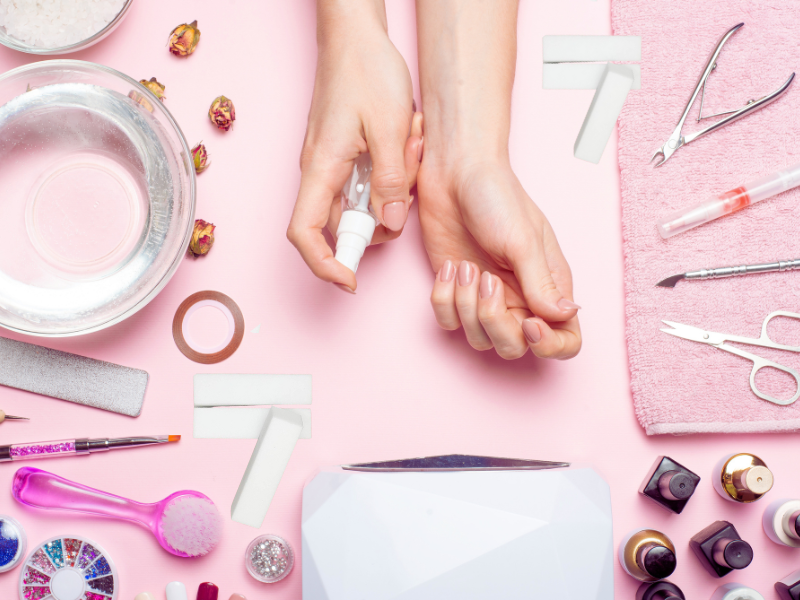
Incorporating buffing into your nail care routine can enhance the overall health and appearance of your nails. Start by cleaning and shaping your nails, then use a nail buffer to smooth the surface and add shine. Follow up with cuticle oil to nourish your nails and promote healthy growth. Regular buffing can help maintain a smooth, glossy finish, making your nails look well-groomed and polished. By using the right tools and techniques, you can enjoy the benefits of buffing without causing damage to your nails.
The Role of Cuticle Oil in Nail Buffing
Cuticle oil plays a crucial role in maintaining healthy nails, especially after buffing. Applying cuticle oil after buffing can help nourish and hydrate the nails, promoting healthy growth and preventing dryness and cracking. Using cuticle oil regularly can also enhance the appearance of your nails, making them look shiny and well-groomed. Incorporate cuticle oil into your nail care routine to keep your nails healthy and strong.
Buffing for Different Nail Types
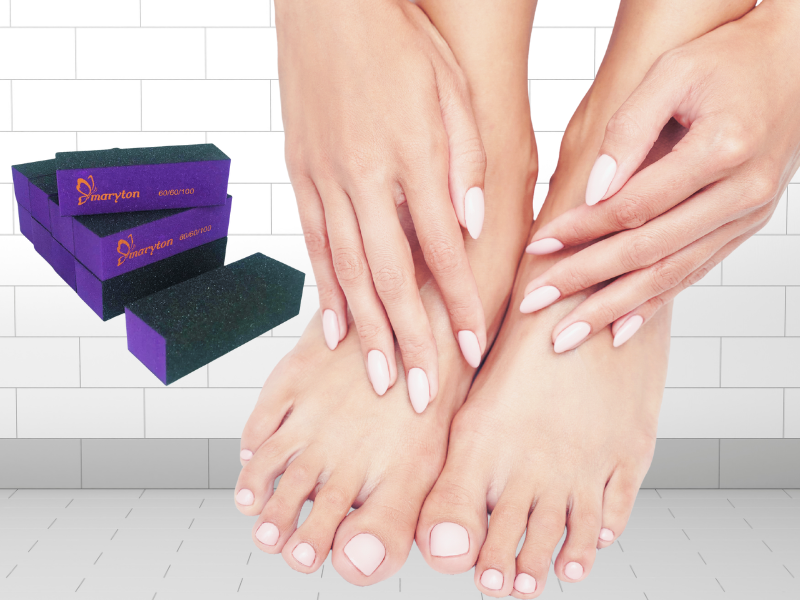
Different nail types may require different buffing techniques. For example, if you have brittle nails, it's essential to use a nail buffer block with finer grit and apply very light pressure to avoid causing damage. If you have ridged nails, buffing can help smooth the surface and create a polished look. However, be mindful not to over-buff, as this can weaken the nails. Tailor your buffing technique to suit your nail type and maintain healthy, beautiful nails.
Buffing vs. Polishing
Buffing and polishing are often used interchangeably, but they serve different purposes. Buffing involves smoothing the nail surface and removing ridges, while polishing adds shine and a glossy finish. Both buffing and polishing can enhance the appearance of your nails, but it's important to use the right tools and techniques for each process. Incorporate both into your nail care routine for the best results.
The Impact of Buffing on Nail Health
Buffing can have a positive impact on nail health when done correctly. By smoothing the nail surface and stimulating blood flow, buffing can promote healthy nail growth and enhance the overall appearance of your nails. However, over-buffing can lead to weakened, damaged nails. It's essential to use the right tools and techniques to avoid causing harm and maintain healthy, strong nails.
Buffing for a Natural Look
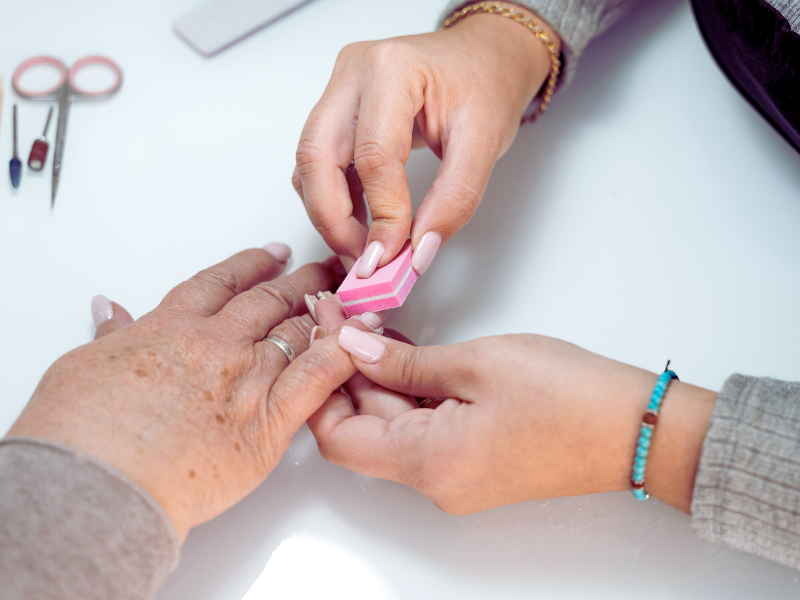
If you prefer a natural look, nail buffers can be an excellent alternative to nail polish. Buffing can create a smooth, shiny surface that reflects light beautifully, giving your natural nails a polished, well-groomed appearance without the need for nail polish. By incorporating buffing into your nail care routine, you can achieve a natural, glossy finish that enhances the beauty of your nails.
Buffing for Gel Polish Users
If you use gel polish, buffing can help create a smooth surface for the polish to adhere to. Buffing can remove ridges and imperfections, ensuring a flawless application of gel polish. However, be mindful not to over-buff, as this can weaken your nails and make them more prone to damage. Use a buffer with a finer grit and apply light pressure to maintain healthy, strong nails.
Buffing for Nail Art Enthusiasts
For nail art enthusiasts, buffing can create a smooth canvas for your designs. Buffing can remove ridges and imperfections, ensuring a flawless application of nail art. By incorporating buffing into your nail care routine, you can enhance the appearance of your nail art and create a polished, professional look.
Summary
Buffing your nails can enhance their appearance and health when done correctly. By using the right tools and techniques, you can achieve a smooth, glossy finish that reflects light beautifully. However, it's essential to avoid over-buffing to prevent damage and maintain healthy, strong nails. Incorporate buffing into your nail care routine to enjoy the benefits of smooth, shiny, and well-groomed nails.
FAQ
Is buffing good for your nails?
Yes, buffing nails can be beneficial for your nails when done correctly. It can create a smooth, shiny surface and promote healthy nail growth by stimulating blood flow. However, it's important to avoid over-buffing to prevent damage.
How often should I buff my nails?
It's recommended to buff your nails no more than once a month. Overbuffing can weaken your nails and cause them to become thin and brittle. Stick to a monthly buffing routine to maintain healthy, strong nails.
What tools should I use for buffing my nails?
Use a nail buffer with a finer grit to avoid causing damage to your nails. A buffer with multiple sides, each with varying levels of grit, can be particularly useful for achieving a smooth, glossy finish. Additionally, incorporate cuticle oil into your nail care routine to nourish and hydrate your nails after buffing.
